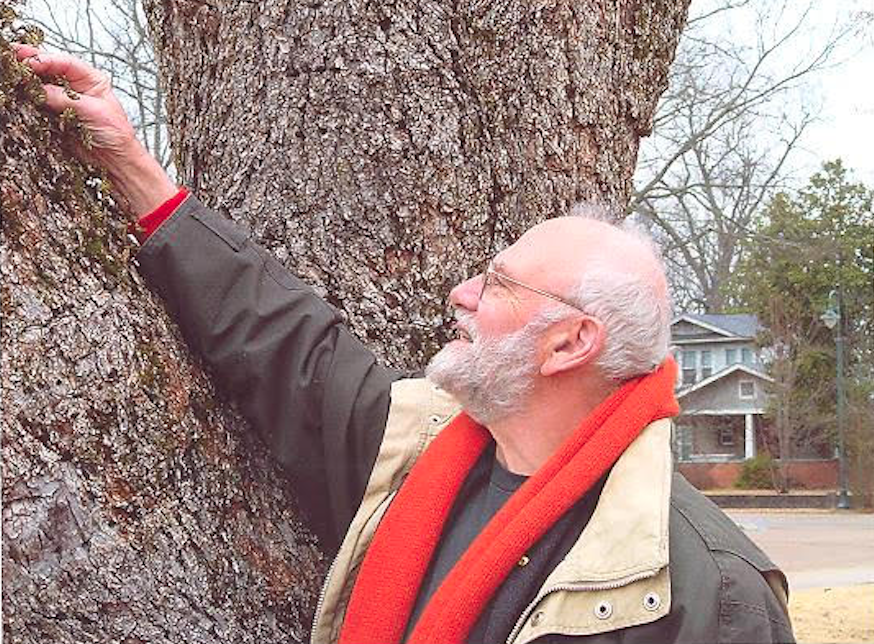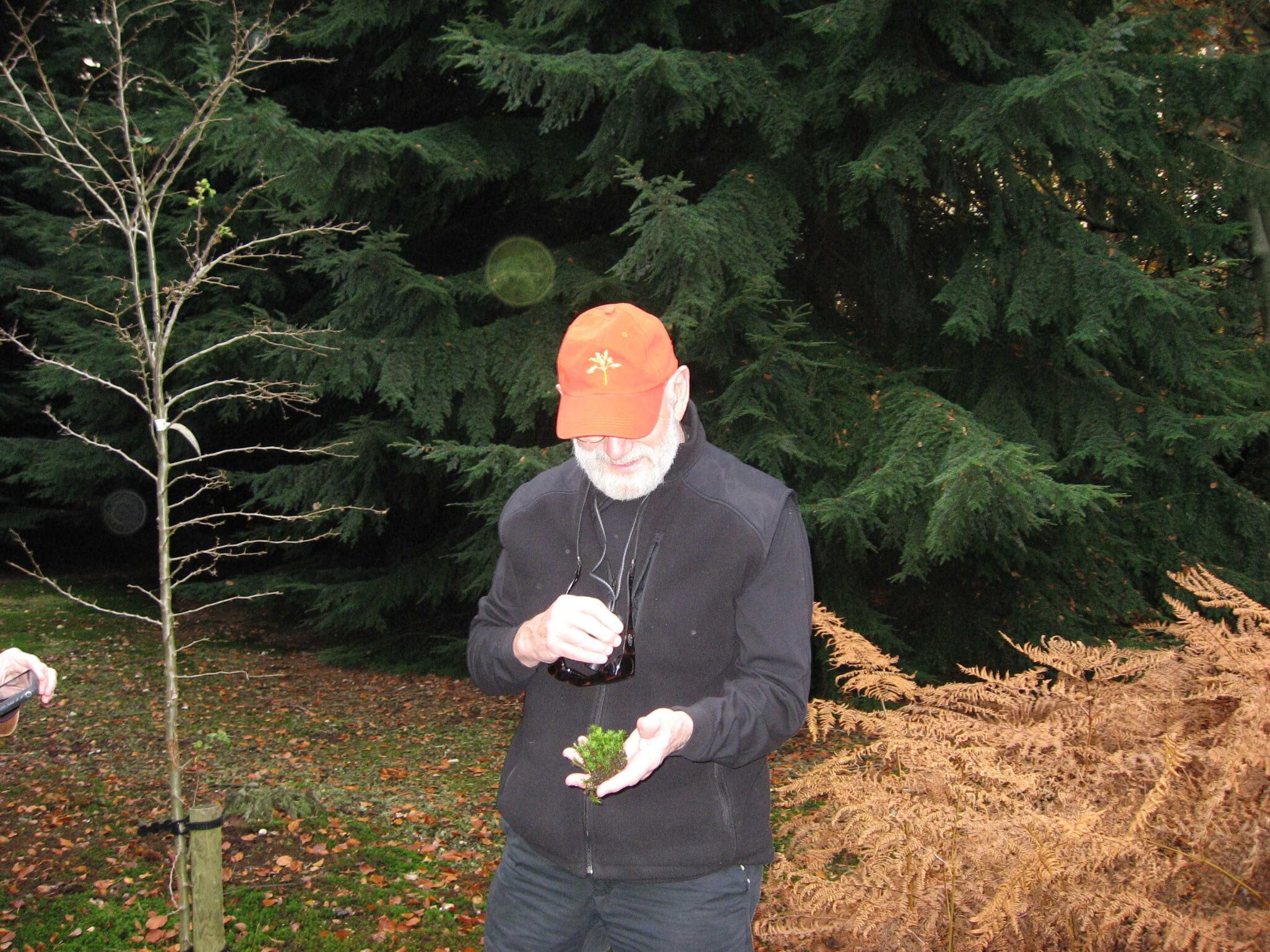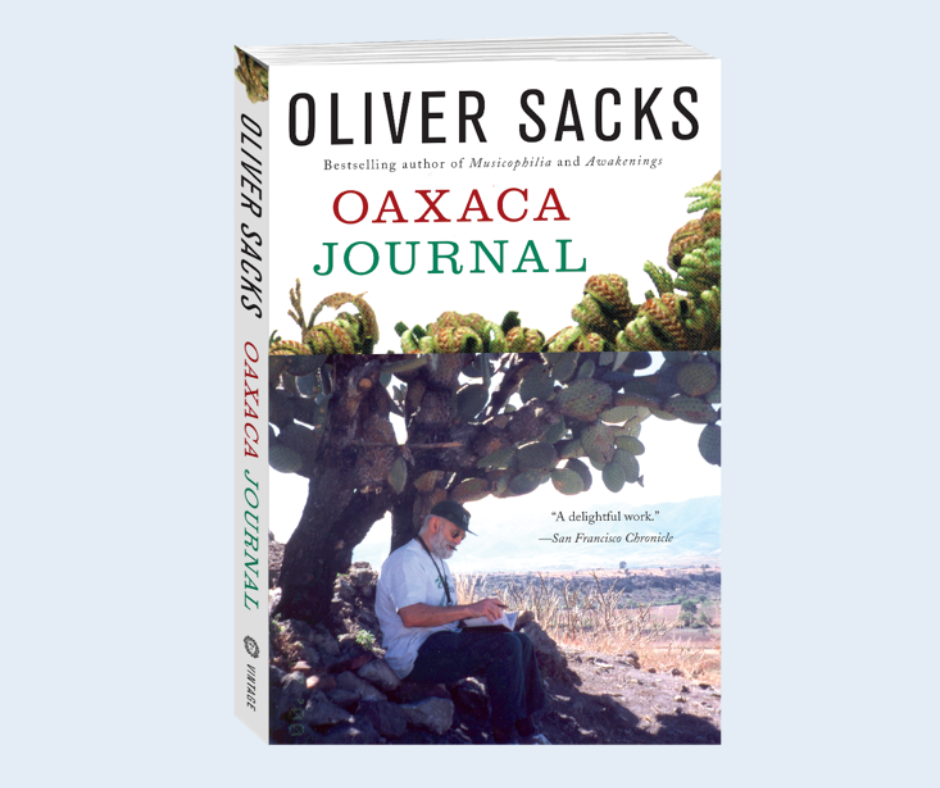
Biophilia, the Love of Nature and Living Things
In Everything In Its Place, Oliver Sacks writes about how much he loved visiting London’s Kew Gardens and the museums in South Kensington as a young boy. In the garden outside the Natural History Museum, he was fascinated by huge fossils of ancient plants, writing: “I dreamed at night, as an adolescent, of giant woody club mosses and tree horsetails, primeval, giant gymnosperm forests enveloping the globe—and would wake furious to think that they had long since disappeared, the world taken over by brightly colored, up-to-date, modern flowering plants.”
Moss is ancient, and grows at a glacial pace, but it lives alongside us everywhere. From hot deserts to damp caves, mosses can survive in extreme conditions and they play an important role in biodiverse habitats across the world. Like ferns, they’re among the first plant colonizers of terrain destroyed through deforestation, and they stabilize the soil surface and retain water, helping new plants to grow.

Oliver is pictured holding the hair cap moss, Polytrichum. The dried yellowish brown fern to his right is the bracken fern, Pteridium aquilinum. (Thanks to pteridologist Robbin Moran for identifying these for us!)
Oliver is pictured holding the hair cap moss, Polytrichum. The dried yellowish brown fern to his right is the bracken fern, Pteridium aquilinum. (Thanks to pteridologist Robbin Moran for identifying these for us!)
Human health is intimately connected to the natural world, and we are grateful for global efforts to preserve ecosystems and address the climate crisis. Brazil’s president-elect, ‘Lula’ da Silva, has promised to fight to halt deforestation in the Amazon, and the Jane Goodall Institute continues its crucial work saving chimpanzees from extinction, improving health for women, educating girls, and motivating young people to become the next generation of conservation leaders.
There are so many people doing important work to protect our planet, please consider supporting your favorite defenders of biodiversity. Here are some of our favorite, lesser-known organizations: Ecosia (the search engine that plants trees,) Global Mangrove Alliance, Rainforest Alliance, Coral Reef Alliance, Seacology and Stop Ecocide.
Main image: Oliver is examining the resurrection fern, Pleopeltis michauxiana, a drought tolerant fern that Robbin C. Moran writes about in A Natural History of Ferns. For an in-depth look at how mosses live and how their lives are intertwined with the lives of countless other beings, read Robin Kimmerer’s fascinating book, Gathering Moss: A Natural and Cultural History of Mosses.
Main image: Oliver is examining the resurrection fern, Pleopeltis michauxiana, a drought tolerant fern that Robbin C. Moran writes about in A Natural History of Ferns. For an in-depth look at how mosses live and how their lives are intertwined with the lives of countless other beings, read Robin Kimmerer’s fascinating book, Gathering Moss: A Natural and Cultural History of Mosses.
Share Oliver Sacks with a loved one this Holiday!
In Gratitude, Dr Sacks writes: “My religion is nature. That’s what arouses those feelings of wonder and mysticism and gratitude in me.”
It’s a perfect day to “see nature’s imagination in a garden,” as Oliver Sacks observes in this outtake from Oliver Sacks: His Own Life. 🌿 Filmed at New York Botanical Garden.









